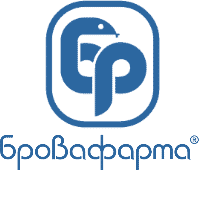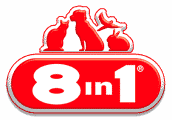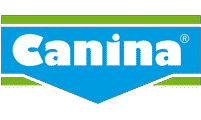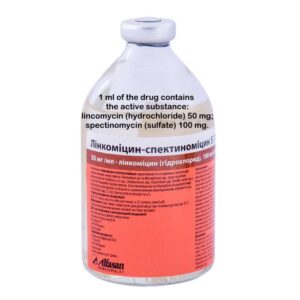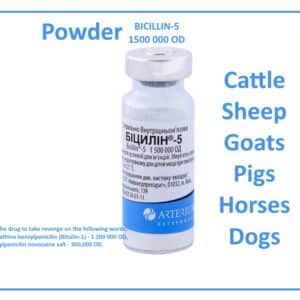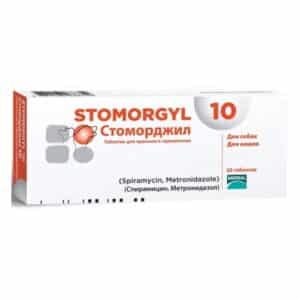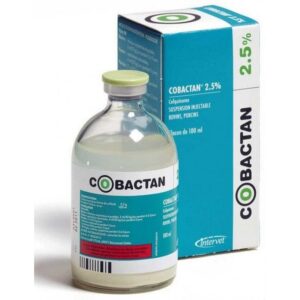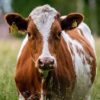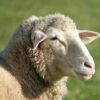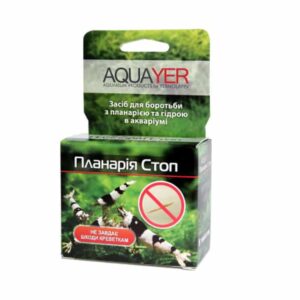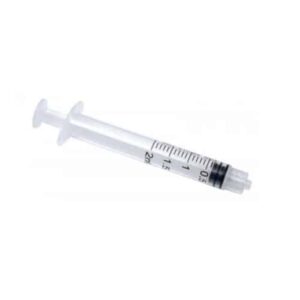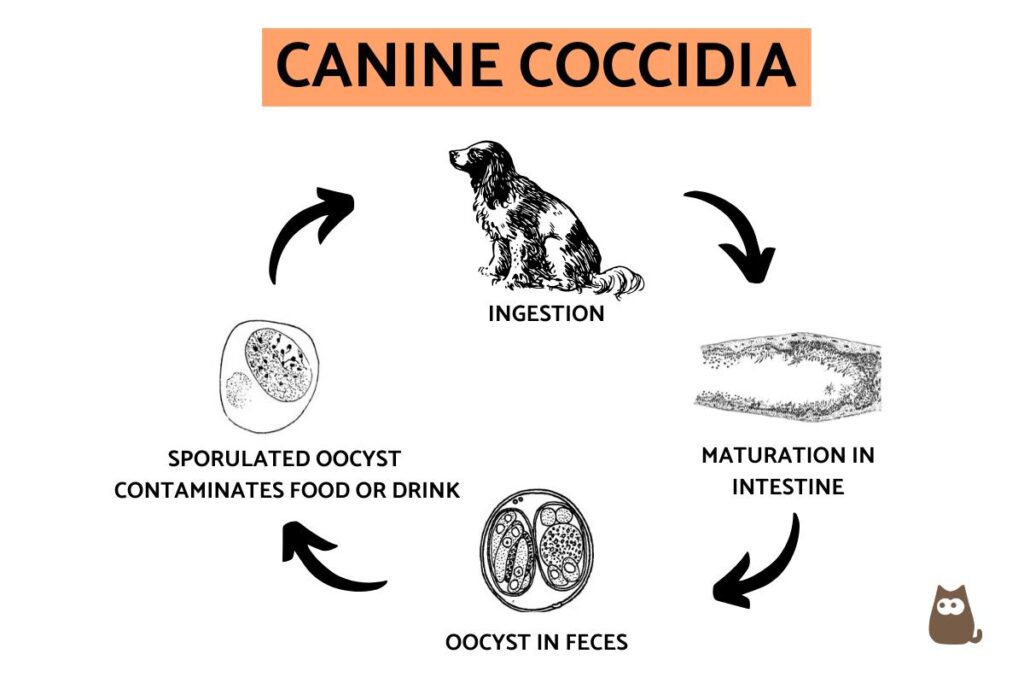Coccidiosis is an infection with unicellular (protozoan) parasites of the coccidia class. Representatives of the genus Isospora Cistoisospora usually parasitize in the body of dogs, in cats, rabbits, farm animals and birds – of the genus eimeria. Therefore, you can find the terms “cystoisosporosis” and “eymeriosis”.
Infection (penetration into the body of oocysts – spores of protozoa) occurs when:
- consumption of contaminated food or drink;
- licking the skin and hair of a sick mother during breastfeeding;
- eating intermediate hosts of protozoa (rodents);
- group (crowded) content;
- the use of contaminated bowls, drinkers, toys, beds, inventory, care items, and material for nests;
- contact with feces or vomit, wool or feathers contaminated with oocysts;
- carrying spores with dirt and dust on a person’s clothes and shoes.
The development of the disease is facilitated by:
- unbalanced nutrition and hypovitaminosis;
- a sharp change in food or the transition from breastfeeding to an “adult” diet;
- stress (moving, transportation, exhibition);
- hypothermia;
- helminthic invasions (helminths often act as intermediate hosts of coccidia);
- infections.
Coccidia colonizes the intestinal membranes, parasitizing inside the epithelial cells. As a result of their activity, the mucous membranes become inflamed, dysbacteriosis develops, and the pathogenic flora begins to actively multiply. Entire sections of the intestine are switched off from digestion, while:
- the process of absorption of nutrients is disrupted;
- immunity is sharply reduced;
- intoxication develops.
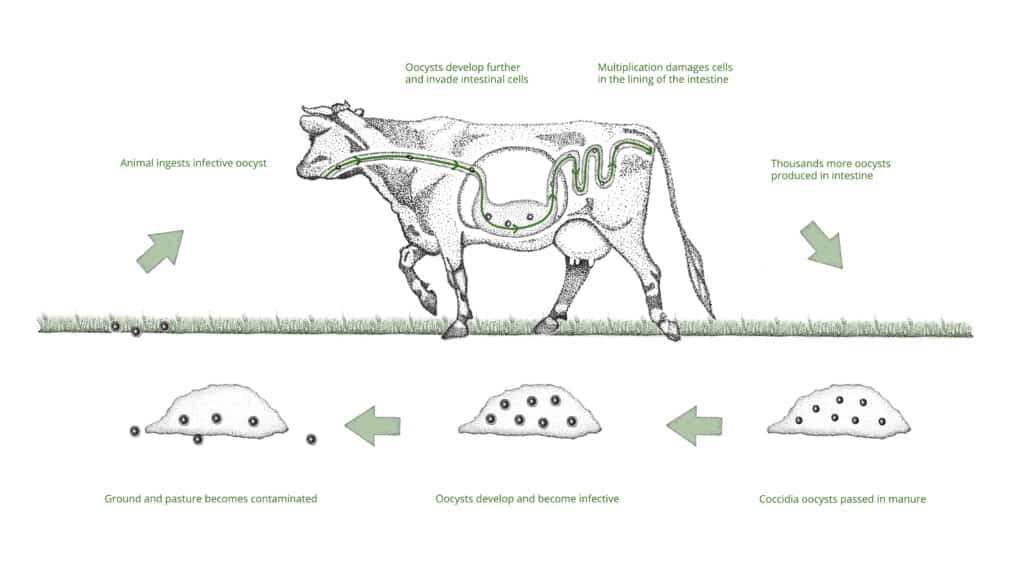 The disease can also affect the liver, heart, spleen, kidneys. The incubation period is 3-14 days. Symptoms of chronic infection (in adulthood):
The disease can also affect the liver, heart, spleen, kidneys. The incubation period is 3-14 days. Symptoms of chronic infection (in adulthood):
- dull coat, faded ruffled feathers;
- lethargy, apathy;
- alternating diarrhea with constipation;
- episodic vomiting;
- exhaustion.
In young animals and puppies (up to six months), the disease usually proceeds acutely, in addition to lethargy and dull coat, the following are observed:
- diarrhea – feces contain impurities of blood and mucus;
- frequent vomiting;
- thirst, salivation;
- refusal to feed;
- bloating, flatulence;
- soreness of the abdominal wall;
- neurological symptoms – convulsions and muscle tremors;
- anemia with pallor and yellowness of the mucous membranes;
- an increase in temperature to 39 degrees – can occur at the end of the incubation period, after the appearance of clinical signs it falls;
- stopping growth and development.
Without treatment, the acute form usually ends with a local outcome – as a result of exhaustion or dehydration.
The diagnosis is made on the basis of the clinical picture and the study of feces for oocysts.
The main direction of treatment is the destruction of the pathogen with the help of anticoccidial drugs.
funds.
Additionally, drugs are prescribed for:
- restoration of mucous membranes and intestinal microflora;
- maintaining cardiac activity;
- fight against dehydration.
Toltradox is an effective veterinary drug for the treatment and prevention of coccidiosis (coccidiosis) with an active ingredient Toltrazuril, the same as Baycox. The agent for oral use quickly destroys pathogens of coccidiosis in dog puppies, fur-bearing animals, large and small cattle, pigs and poultry. The drug is safe, has a better (in comparison with similar veterinary drugs) taste.
The drug is recommended for the treatment and prevention of coccidiosis infection in:
- young cattle and small cattle – calves, lambs, kids;
- piglets;
- rabbits;
- dogs under six months old;
- fur-bearing animals – minks, arctic foxes, foxes;
Therapy regimens
Oral administration. Before use, the contents of the bottle must be shaken to eliminate sediment, and then injected:
- forcibly, using a dosing syringe;
- mixing with a small portion of feed;
- adding to the contents of the drinkers (for birds).
The dosage of the suspension form for admission is calculated depending on:
- type of animal;
- body weight.
Dosing recommendations look like this:
- puppies – 0.2 ml per kg of weight (corresponds to 10 mg of toltrazuril per kg);
- calves, lambs, kids – 0.3 ml (15 mg of active ingredient) per kg;
- piglets – 0.4 ml (20 mg) per kg, (it is not allowed to enter less than 0.5 and more than 2 per piglet);
- rabbits – 0.14 ml (7 mg) per kg;
- foxes – 0.2 ml (10 mg) per kg;
- mink – 0.4 ml (20) per kg.
Restrictions and contraindications
The veterinary drug should not be used in case of hypersensitivity to the components, including previously identified. Also, the drug is contraindicated:
- with violations in the liver and/or kidneys;
- adult ruminants with developed digestion;
- laying hens – the active substance accumulates in the eggs.
Use in carrying offspring is possible on the recommendation of a doctor, in the second half of the gestation period.
It is forbidden to feed at the age of:
- younger than 3 days – for young pigs;
- younger than 14 days – for puppies of dogs, calves, lambs, and kids;
- younger than 28 days – for rabbits, minks, arctic foxes, and foxes;
- older than 16 months – for replacement hens.
Human food should not include livestock/poultry meat obtained earlier than through:
- 14 days after therapy – for broilers;
- 16 days – for geese, ducks, and turkeys;
- 63 days – for calves, lambs, kids, and rabbits;
- 70 days – for piglets.
Such meat is allowed to be added to the feed for fur-bearing animals.
Therapy regimens:
- for dogs – once a day. Course – three days;
- for other species – once.
Dosages for birds are calculated by weight, based on the ratio: 7 mg of active ingredient per 1 kg of weight (28 ml per 100 kg of weight).




